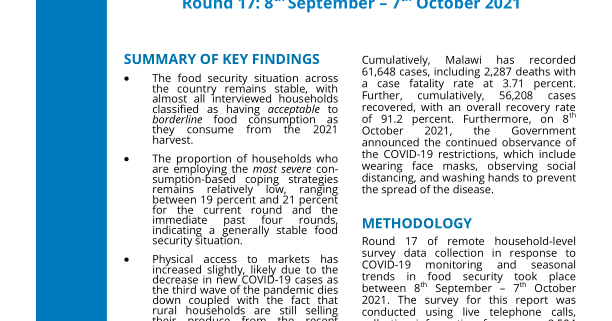Google Delivers September Android Security Bulletin, but No Pixel Update Yet
Yesterday, Google released the September Android security bulletin, sticking to its commitment of delivering these bulletins on the first Monday of every month. However, there was no Pixel update alongside it, leading to some confusion and complaints on social media platforms.
It’s important to note that Google deviated from its regular first-Monday schedule for Pixel updates starting in April, allowing themselves more flexibility in the delivery of monthly updates. This means that the absence of a Pixel update does not indicate any delay or failure on Google’s part.
The speculation about the release of Android 14 was also addressed in the article. Although Beta 5.1 and Beta 5.2 with bug fixes were rolled out in August, there has been no sign of the final Android 14 release. Google has only published the security bulletin build, which still carries the Android 13 designation.
In summary, if you have been eagerly refreshing your Pixel phone’s update page, hoping for a September update, you can stop for now. Google has not yet released an update, and it remains uncertain whether they will, or if it will be based on Android 13 or Android 14. Rest assured, we will keep you updated if there are any changes or announcements.
Source: Original article.



